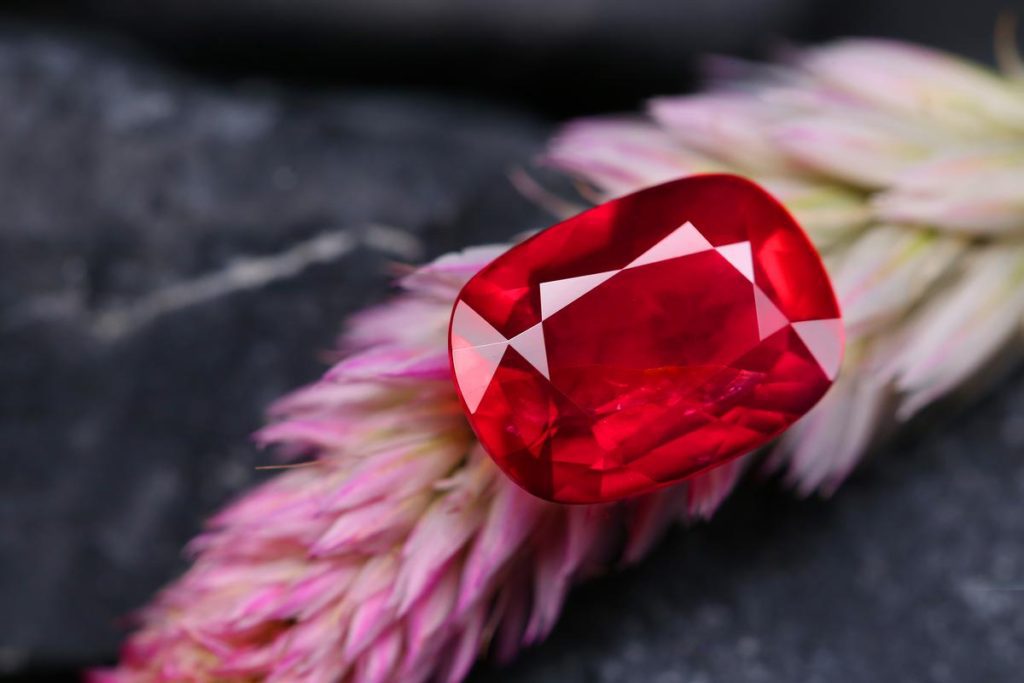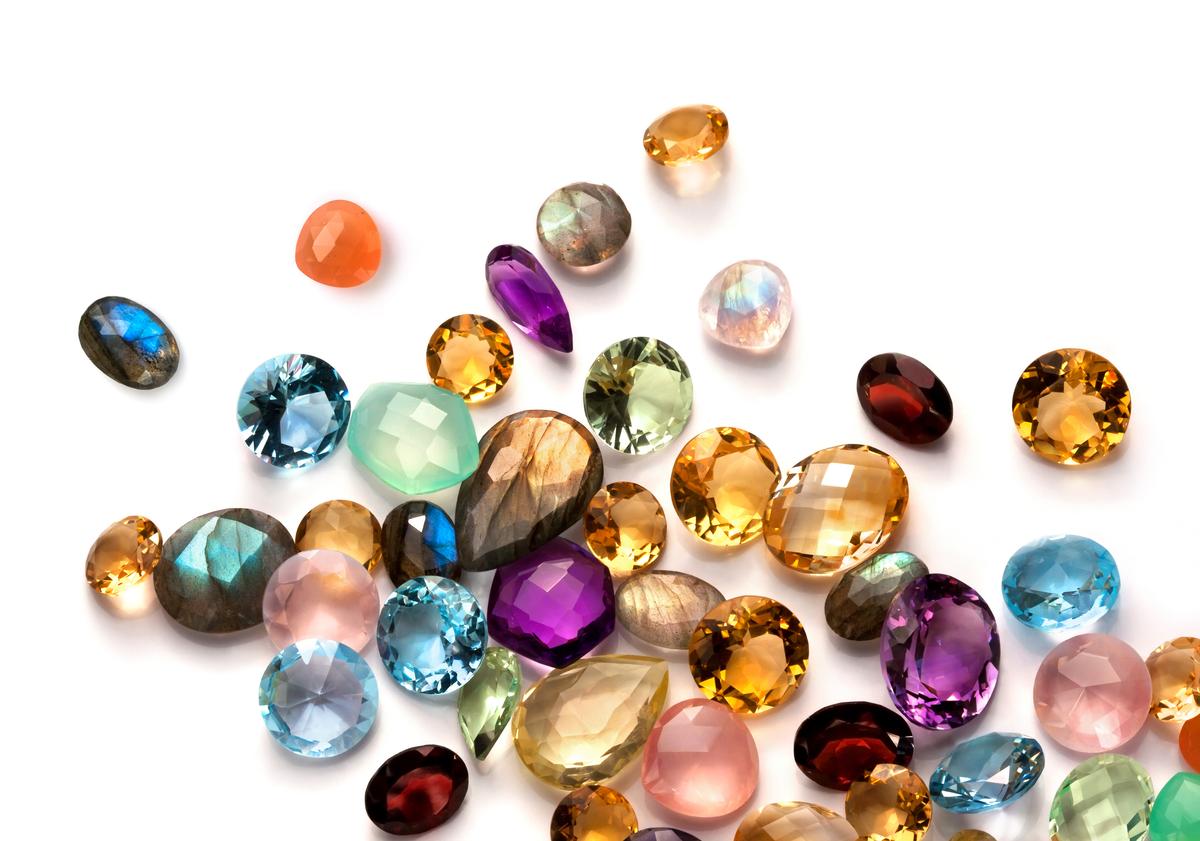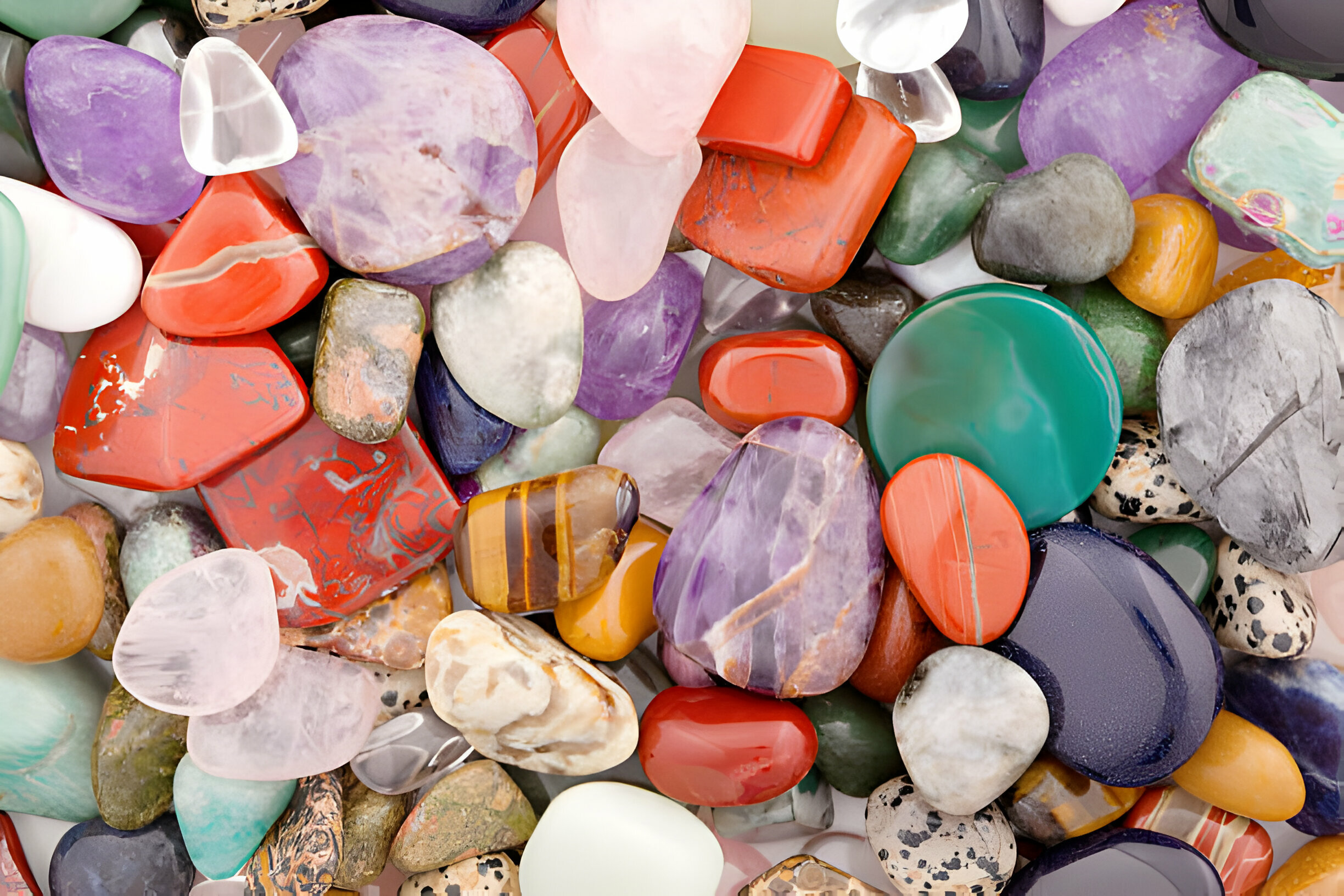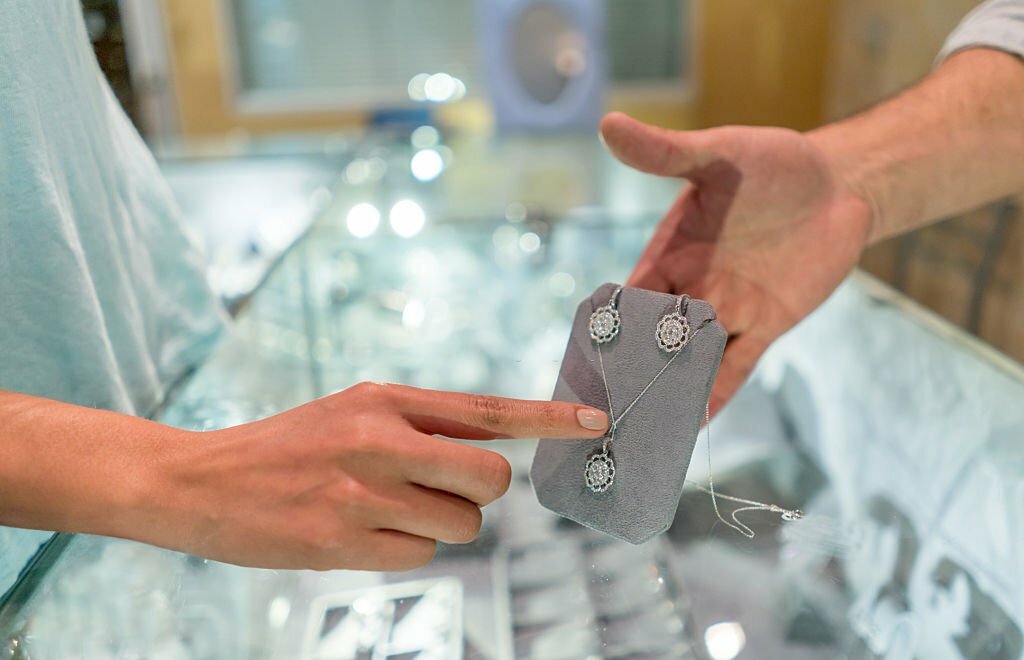In the world of jewelry, diamonds have long reigned as the quintessential gemstone, symbolizing love, luxury, and eternal beauty. However, in recent years, a notable shift has occurred, and colored gemstones have emerged as a captivating alternative, captivating the hearts of jewelry enthusiasts worldwide. This article explores the surge in popularity of colored gemstones, their unique qualities, symbolism, and the shifting dynamics within the gemstone industry.
The Appeal of Colored Gemstones:
Colored gemstones, often referred to as colored gemstones, come in a dazzling array of hues, making each stone a mesmerizing and unique creation of nature. Unlike diamonds, which are prized for their brilliance and lack of color, colored gemstones boast a rainbow of colors, from vibrant red rubies to deep blue sapphires, lush green emeralds, and alluring opals with their play of colors. Their diversity is part of their charm, as individuals seek distinctive gemstones to reflect their personal style and taste.
Rising Popularity and Diamond Alternatives:
One of the main reasons for the rising popularity of colored gemstones is the shift towards more affordable and sustainable alternatives to diamonds. In recent years, consumers have become more environmentally conscious and concerned about the ethical implications of diamond mining. Colored gemstones, often sourced through more sustainable and responsible means, have emerged as an attractive choice for those seeking a conscious and eco-friendly option.
Moreover, colored gemstones offer a more budget-friendly option without compromising on beauty and uniqueness. This affordability factor has opened up a whole new market, allowing a wider audience to enjoy the allure of gemstone jewelry without the prohibitive price tag of high-quality diamonds.

Gemstone Symbolism and Personal Expression:
Beyond their striking appearance, colored gemstones hold symbolic meanings that resonate with individuals on a personal level. Historically, gemstones have been attributed with various powers and virtues, and this mystical aspect still intrigues many modern consumers. Birthstones, for example, are gemstones associated with specific months and believed to bring good luck and protection to those born during that time.
Moreover, colored gemstones are often chosen for their ability to represent emotions and personalities. Sapphires symbolize loyalty and wisdom, while rubies evoke passion and vitality. People gravitate towards gemstones that align with their values and emotions, using them as a means of self-expression and connection with their inner selves.
Trends in Gemstone Jewelry:
The trend of colored gemstones is not limited to casual jewelry pieces. They have made their way into the world of high-end luxury jewelry, with famous designers and brands incorporating these vibrant gems into their collections. Colored gemstone engagement rings, in particular, have seen a surge in demand as couples seek unique and meaningful alternatives to traditional diamond rings.
Additionally, colored gemstones are gaining popularity in statement jewelry, such as necklaces, bracelets, and earrings, as they add a bold and eye-catching touch to any outfit. Celebrities and influencers showcasing colored gemstone jewelry on social media have further fueled this trend, making them a sought-after choice for fashion-forward individuals.
The Rarity and Value of Colored Gemstones:
While diamonds remain valuable due to their scarcity and controlled supply, colored gemstones can also command high prices, particularly if they are rare and of exceptional quality. Among the most coveted colored gemstones are padparadscha sapphires, alexandrites, and colored diamonds. As their popularity grows, the demand for these rare gemstones has led to increased interest and investment in the colored gemstone market.


Industry Response and Sustainability:
With the rising demand for colored gemstones, the gemstone industry has undergone significant changes to meet the needs of consumers. Ethical sourcing and sustainable practices have gained traction, with many companies ensuring that gemstones are mined and processed responsibly, while supporting local communities and minimizing environmental impact.
Furthermore, gemstone certifications and transparency initiatives have emerged to provide consumers with detailed information about the origin and characteristics of their gemstones, empowering them to make informed and ethical purchasing decisions.
Conclusion:
In conclusion, the rising popularity of colored gemstones represents a paradigm shift in the jewelry industry, with consumers embracing these vibrant and alluring alternatives to diamonds. The appeal of colored gemstones lies not only in their beauty and uniqueness but also in the ethical and sustainable choices they offer. As this trend continues to grow, the gemstone industry responds with responsible sourcing and transparency, ensuring that the allure of colored gemstones endures for generations to come.






